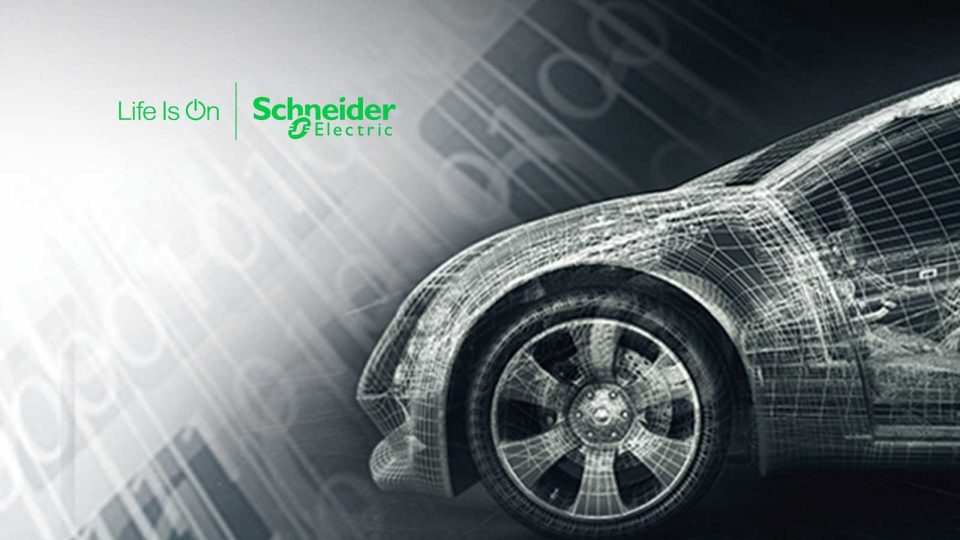-
New Distributed Control Node (DCN) software framework to help drive open automation
-
Solution helps replace vendor-specific hardware with plug-and-produce offer
-
Interoperability and portability support industrial innovation, reduce obsolescence
Schneider Electric, the leader in the digital transformation of energy management and automation, in collaboration with the technology companies Intel and Red Hat, today announced the release of a Distributed Control Node (DCN) software framework.
An extension of Schneider Electric’s EcoStruxure™ Automation Expert, this new framework enables industrial companies to move to a software-defined, plug-and-produce solution, allowing them to enhance their operations, ensure quality, reduce complexity, and optimize costs.
Next generation of industrial control
Aligned with the goals of the Open Process Automation Forum (OPAF), which is dedicated to driving interoperability and portability, the three collaborators have worked together to create a modern, network-based experience that will lead the way to the next generation of industrial control.
“This project is the culmination of two years of co-innovation to create efficient, future-proof distributed control systems. The DCN framework is key to fostering an open automation approach, enabling industrial businesses to grow and innovate for the future. Its interoperability and portability help our customers enjoy the freedom of shaping technology around their business needs – and not the other way around.” – NATHALIE MARCOTTE, Senior Vice President of Process Automation at Schneider Electric.
Red Hat, in collaboration with Intel, recently announced the creation of a new industrial edge platform that helps provide a modern approach to building and operating industrial controls. Since implementing this platform, Schneider Electric has now deployed Red Hat Device Edge in the new DCN software, in addition to Red Hat Ansible Automation Platform and Red Hat OpenShift at the compute layer for DCN deployments, combined with a control infrastructure from Schneider Electric and reference architecture from Intel.
CIO Influence News: Red Hat Extends Java Support in the Cloud with JBoss Enterprise Application Platform 8
The framework consists of two main components: an advanced computer platform (ACP), which supervises the control workload by providing the content control and automation capabilities needed to deploy workloads securely and programmatically, along with virtualization and monitoring functionalities; and the DCN, which are low-power, industrial systems using Intel Atom x6400E series processors, dedicated to running controls and designed for workloads of mixed-criticality.
“Open and interconnected commercial solutions will help usher in the transition from fixed function proprietary devices to flexible and dynamic software-based infrastructures,” said Christine Boles, Vice President of Intel’s Network and Edge Group and General Manager for Federal and Industrial Solutions. “Intel has a long history of driving open system approaches across its ecosystem. This collaboration with Schneider Electric and Red Hat to develop a software-defined control system showcasing next-generation distributed control nodes built on general-purpose compute and operating systems brings about this transition to the industrial sector.”
CIO Influence News: Schneider Electric Identifies New Decarbonization Pathways for the Middle East
“Red Hat is committed to helping manufacturers implement autonomous operations on the shop floor,” said Francis Chow, Vice President and General Manager of In-Vehicle Operating System and Edge at Red Hat. “By working closely with our partners like Schneider Electric and Intel, we can help build scalable, software-defined factories and operations capable of advanced automation and interoperability by utilizing a consistent platform approach. We’re excited about this collaboration, and this is only the beginning. By taking these steps now, we can help set the industrial sector up to explore all the possibilities AI, edge computing and more have to offer.”
[To share your insights with us as part of editorial or sponsored content, please write to sghosh@martechseries.com]


